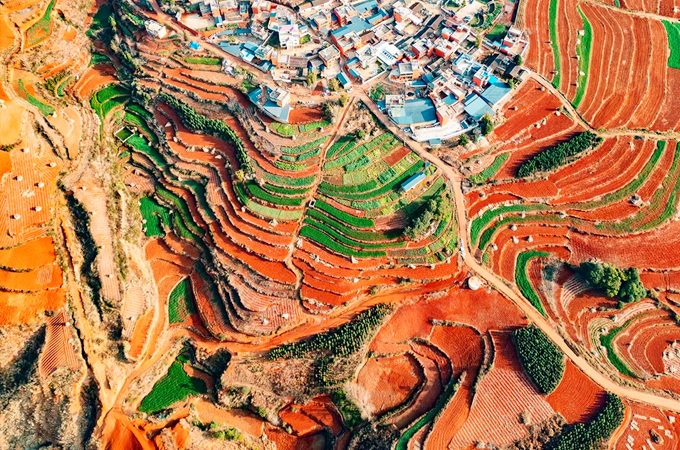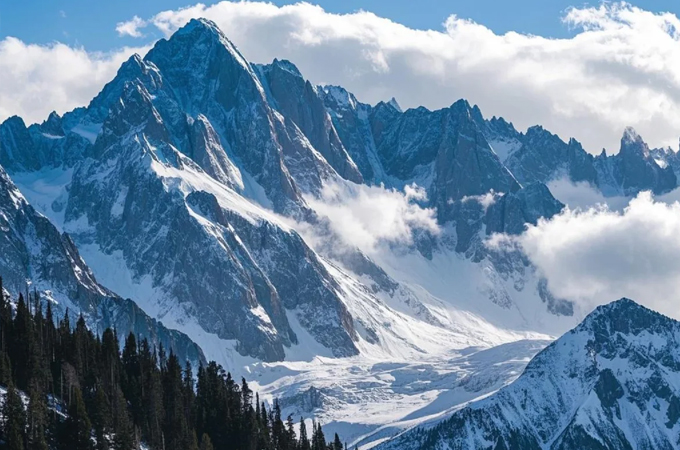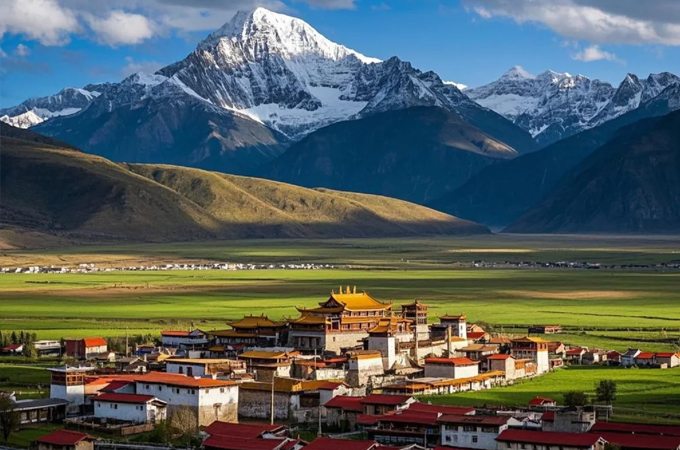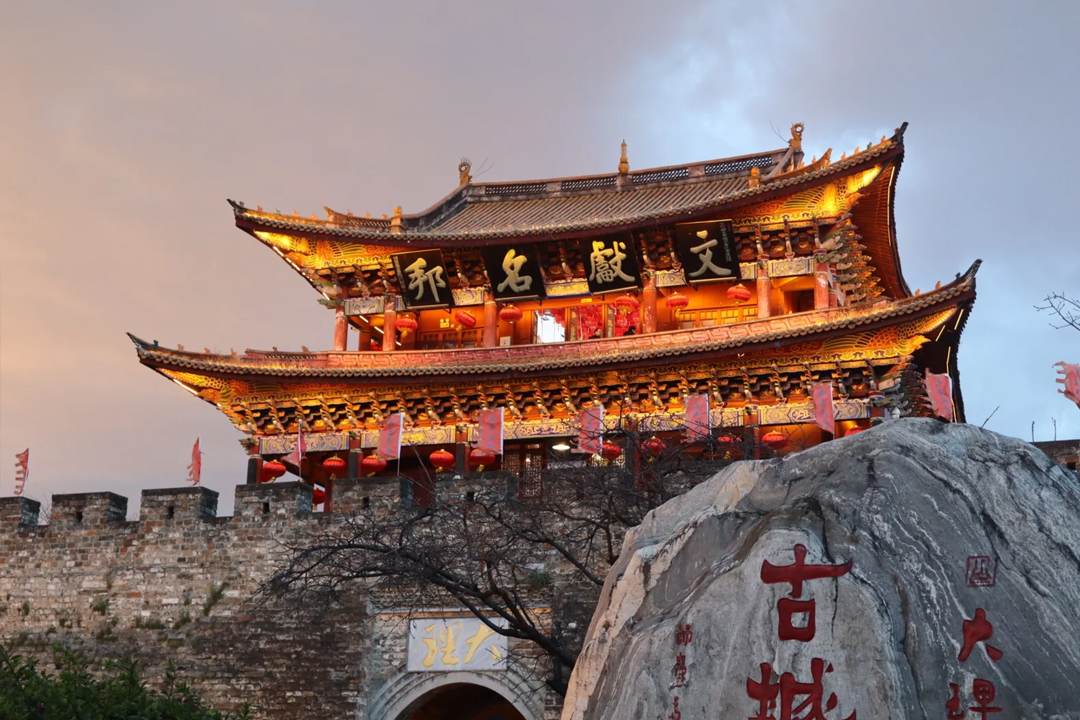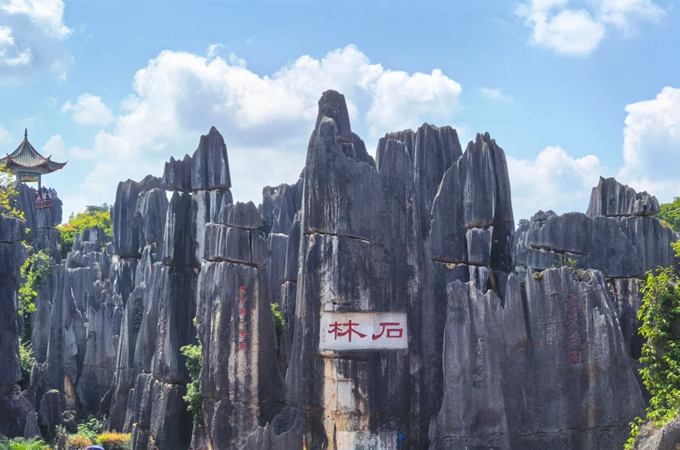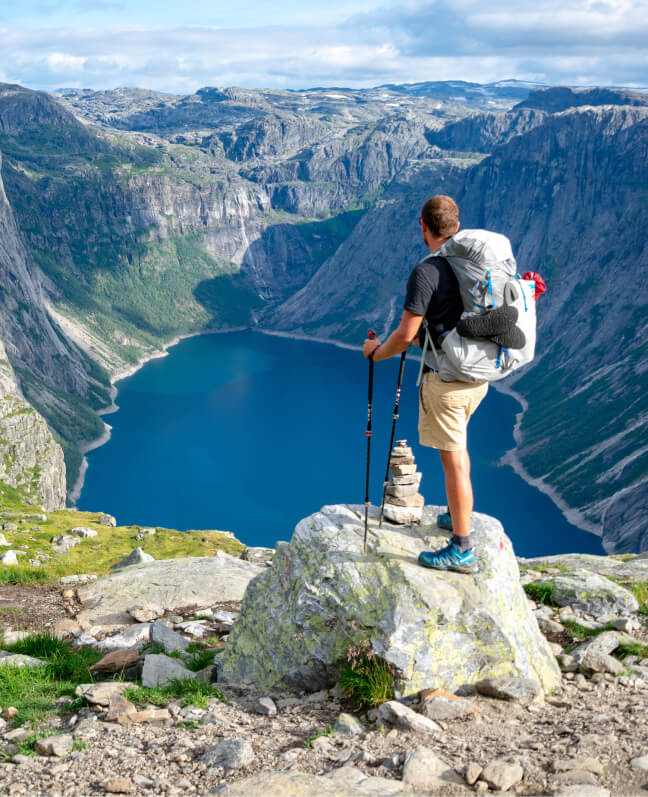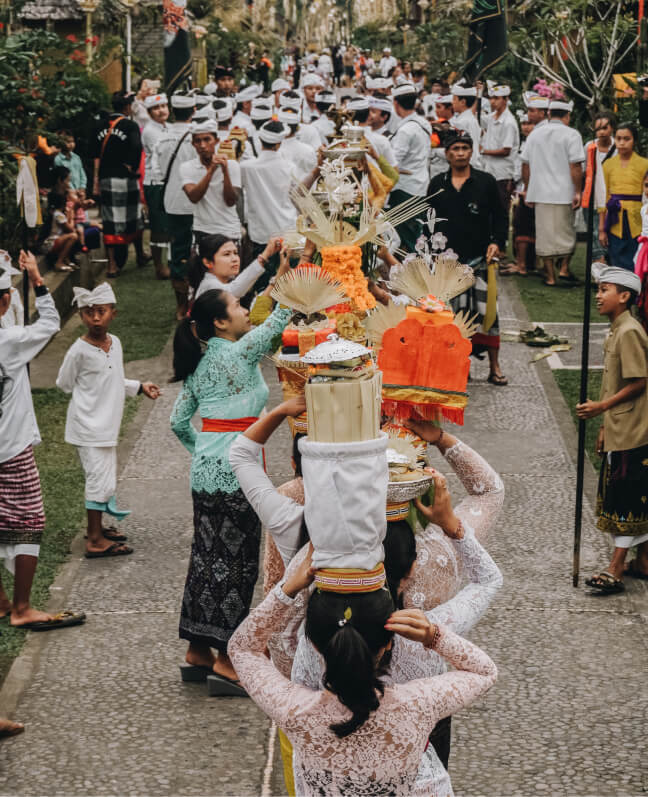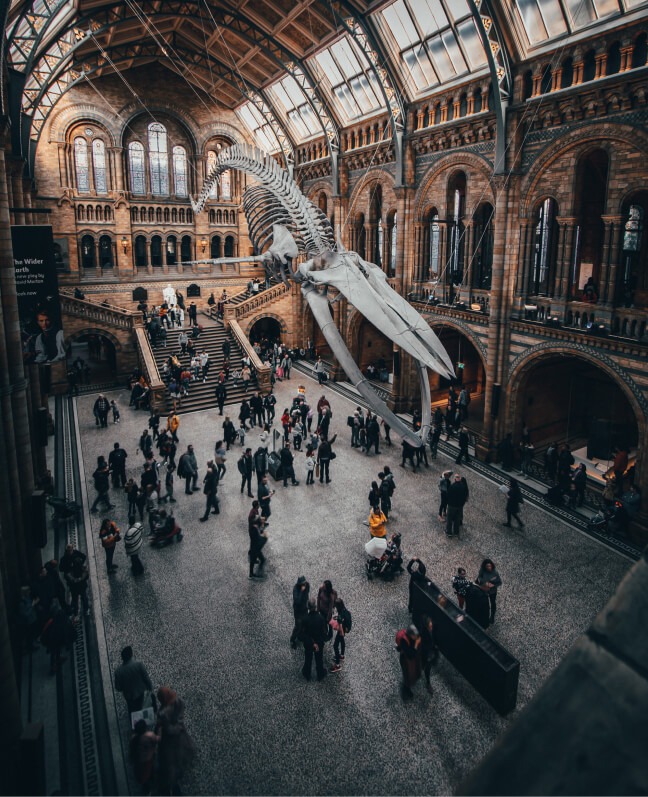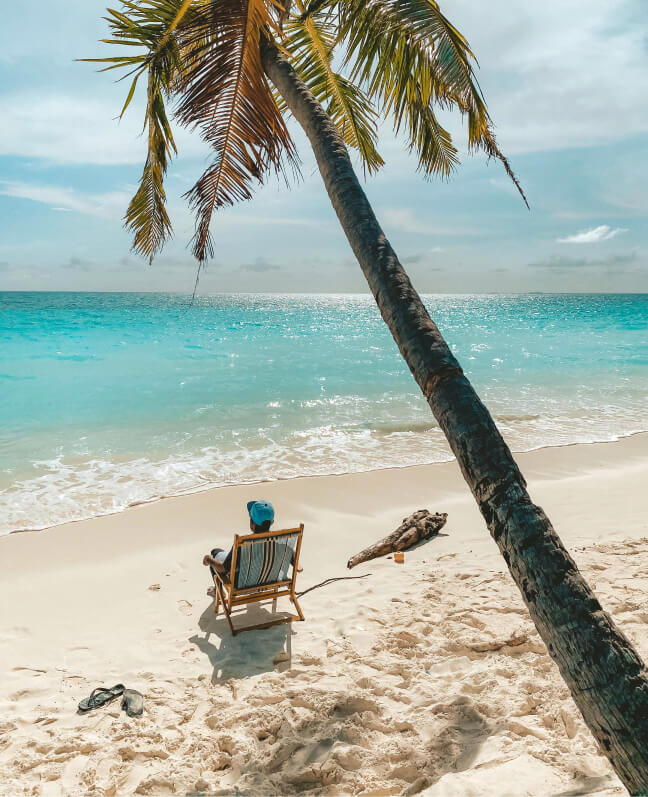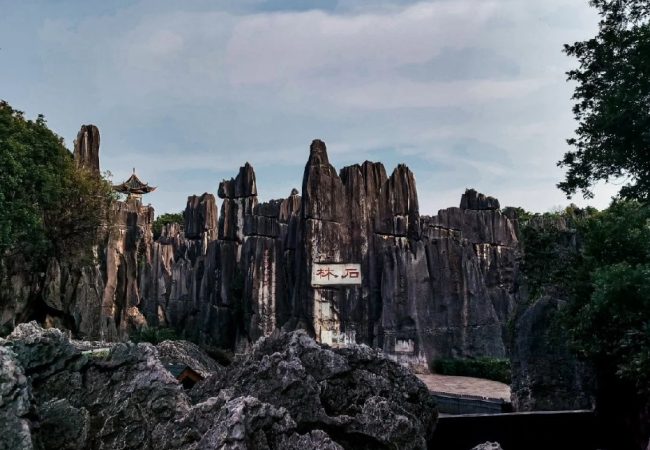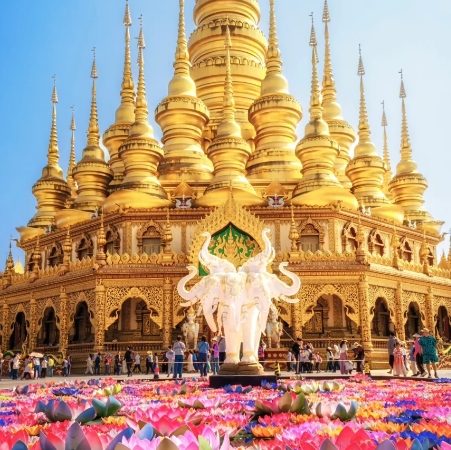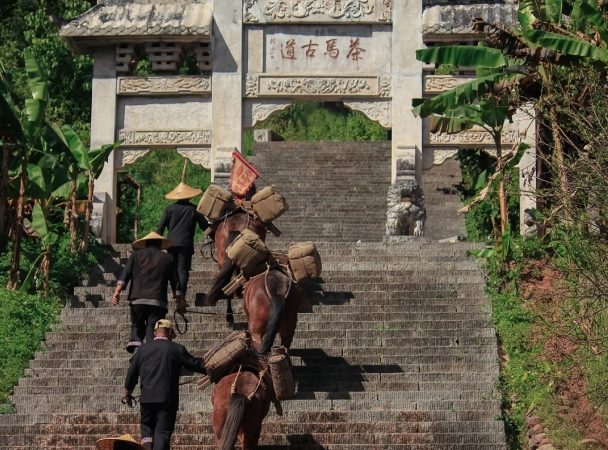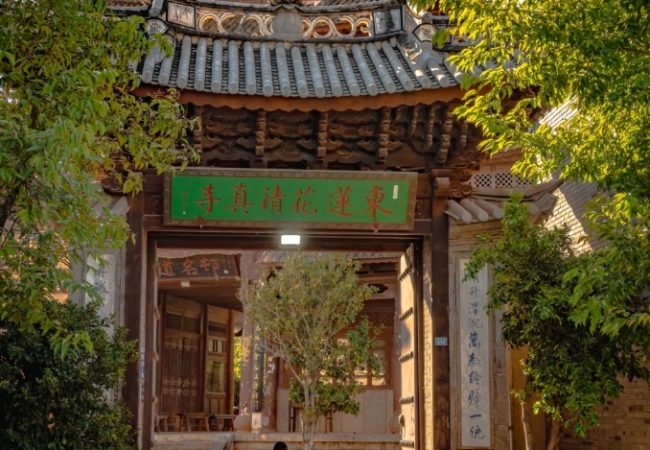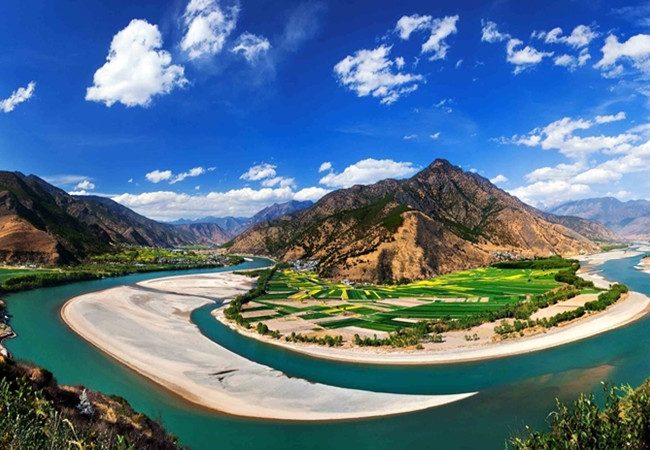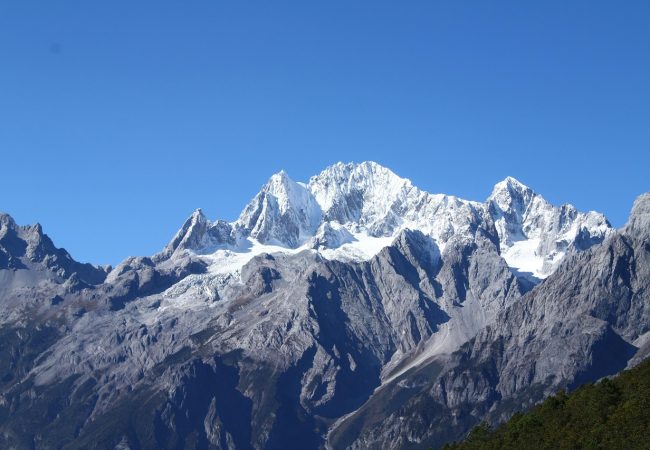
The “Three Parallel Rivers” is located in the northwestern part of Yunnan Province, China. It is a unique geographical landscape formed by the Jinsha River, Lancang River, and Nujiang River, three major rivers originating from the Qinghai-Tibet Plateau, running parallel from north to south for more than 170 kilometers within Yunnan Province. Its geographical coordinates are between 98° – 100°30′ east longitude and 25°30′ – 29° north latitude, spanning Lijiang City, Diqing Tibetan Autonomous Prefecture, and Nujiang Lisu Autonomous Prefecture in Yunnan Province, covering 9 nature reserves and 10 scenic spots. It is like a magnificent natural picture on the earth.
Weather Conditions
The “Three Parallel Rivers” region is affected by both the southwest monsoon and the plateau climate, resulting in complex and changeable weather. Overall, there is a large temperature difference between day and night. The annual average temperature is around 10℃ – 15℃, but in the snow-capped mountain areas at high altitudes, the temperature can drop to more than ten degrees below zero. Summer (June – August) is the rainy season with abundant precipitation, often accompanied by heavy rain and short-term intense precipitation. Although the air is humid and the vegetation is lush, the roads are slippery, and geological disasters such as landslides and mudslides may occur in some mountainous areas. Winter (December – February of the following year) is relatively dry and cold. The snow-capped mountain areas are covered in white, and the temperature is often below 0℃. However, there are more sunny days, allowing for a clear view of the magnificent scenery such as snow-capped mountains. Spring and autumn (March – May, September – November) have relatively mild climates, with temperatures fluctuating between 5℃ – 20℃ and moderate precipitation, presenting pleasant scenery.
Best Visiting Season
The best time to visit is from October to May of the following year. By then, the rainy season has passed, and the weather is relatively stable and sunny, increasing the probability of seeing the main landscapes such as snow-capped mountains and gorges. Especially in winter, the snow on the mountains is thick, glistening under the sunlight, and the glacier scenery is particularly spectacular. With less interference from rain, it is more convenient for travel and sightseeing. However, it should be noted that the temperature is extremely low in winter, so it is necessary to keep warm and take measures to prevent altitude sickness. In spring, all things come back to life, and wildflowers are in full bloom all over the mountains. Alpine azaleas and other flowers decorate the earth in colorful ways, making it also a good time for hiking and getting close to nature.
Recommended Scenic Spots
Meili Snow Mountain (梅里雪山)
The main peak, Kawagebo Peak, with an altitude of 6,740 meters, is the highest peak in Yunnan Province. It is covered with a ten-thousand-year-old glacier, and the glacier tongue extends to the forest area at an altitude of 2,650 meters. It is one of the glaciers with the lowest latitude and altitude in the Northern Hemisphere. The glacier on the mountain top shines under the sunlight, and together with the surrounding cloud-shrouded mountains, it forms a fairyland-like beautiful scenery, full of a sacred and magnificent atmosphere.
Tiger Leaping Gorge (虎跳峡)
Located on the Jinsha River, it is one of the deepest gorges in the world. The river rushes turbulently in the narrow gorge, with thunderous waves. The peaks on both sides are steep and precipitous, and the narrowest part is only about 30 meters. Here, tourists can deeply feel the powerful force of nature and enjoy the shocking scene of the surging waves pounding the shore.
Shudu Lake (属都湖)
Situated at the foot of Meili Snow Mountain, it is a typical alpine glacial lake. The vegetation around the lake is extremely well-preserved, with dense forests. The lake water is deep and clear, reflecting the surrounding snow-capped mountains and forests, just like a huge mirror. During the annual migratory bird season, many migratory birds inhabit and forage here, adding a lively vitality to Shudu Lake.
Laojun Mountain (老君山)
It has the largest and most complete Danxia landform in China. The red rocks have formed a unique cracked structure after long-term weathering, as well as strange peaks, rocks, and red cliffs. Under the sunlight, the red sandstone shines with a charming luster, contrasting with the surrounding green vegetation, blue sky, and white clouds, forming colorful pictures.
The First Bend of the Nujiang River (怒江第一湾)

Located in Bingzhongluo Town, Gongshan County, the Nujiang River suddenly turns here, forming a semi-circular large bend. The peninsula in the center of the bend is full of green trees. The distant snow-capped mountains, blue sky, and white clouds are reflected in the river, blending with the rural scenery on the peninsula. Whether it is covered by the morning mist or bathed in the evening afterglow, it shows a peaceful and magnificent landscape painting, making people intoxicated and reluctant to leave.
Stone Moon (石月亮)
Located in the Gaoligong Mountain range in Fugong County, it is a natural marble cave on a mountain peak at an altitude of about 3,300 meters. When viewed from a distance, under the sunlight, the cave is like a bright moon hanging on the mountain. The cave entrance has a diameter of about 40 meters and a depth of about 60 meters. The cave is spacious, and the stalactites and stalagmites inside are in various shapes, lifelike. It is not only a typical representative of the alpine karst cave landscape in the Nujiang River Basin but also carries the legends and beliefs of the local ethnic minorities, full of mysterious colors.
Transportation Guide
External Transportation
Aviation
You can first arrive at Lijiang Sanyi International Airport (丽江三义国际机场), Diqing Shangri-La Airport (迪庆香格里拉机场), or Nujiang Lanping Fenghua Airport (怒江兰坪丰华机场). Lijiang Sanyi International Airport has a relatively rich route network and can be transferred from major cities in China. Diqing Shangri-La Airport is close to the scenic spots in the Diqing area of the “Three Parallel Rivers”, and Nujiang Lanping Fenghua Airport is convenient for reaching some scenic spots in Nujiang.
Railway
Currently, the railway transportation in this area is relatively underdeveloped. However, you can first take a train to surrounding cities such as Dali and Lijiang, and then transfer to other means of transportation to reach the scenic area.
Long-distance Bus
There are long-distance buses from cities such as Kunming, Dali, and Lijiang to the Lijiang City, Diqing Tibetan Autonomous Prefecture, and Nujiang Lisu Autonomous Prefecture where the “Three Parallel Rivers” is located. The journey is long, but you can enjoy the scenery along the way.
Internal Transportation
Chartered Car
Chartering a car for travel in the local area is relatively convenient and flexible. You can freely arrange the itinerary and stop at the scenic spots you are interested in at any time. It is especially suitable for group travel, which can share the cost. However, it is necessary to pay attention to choosing a regular vehicle and driver and negotiate the price and itinerary in advance.
Public Transportation
There are shuttle buses between some scenic spots, but the number of trips is small, the route coverage is limited, and the operating time may be irregular. For example, there are shuttle buses from Lijiang to Tiger Leaping Gorge and from Gongshan to Bingzhongluo, but you need to understand the departure time in advance and be prepared to wait.
Self-driving
For tourists who like self-driving, you can rent a car locally. You can freely enjoy the scenery along the way during self-driving. However, it should be noted that the mountain roads are rugged, and the road conditions in some sections are complex. Especially in the rainy season, be alert to risks such as falling rocks and landslides, and the vehicle may experience power reduction in high-altitude areas.
We hope this introduction helps you understand Three Parallel Rivers and plan your trip more effectively. If you plan to visit, please check our travel routes for more information.

